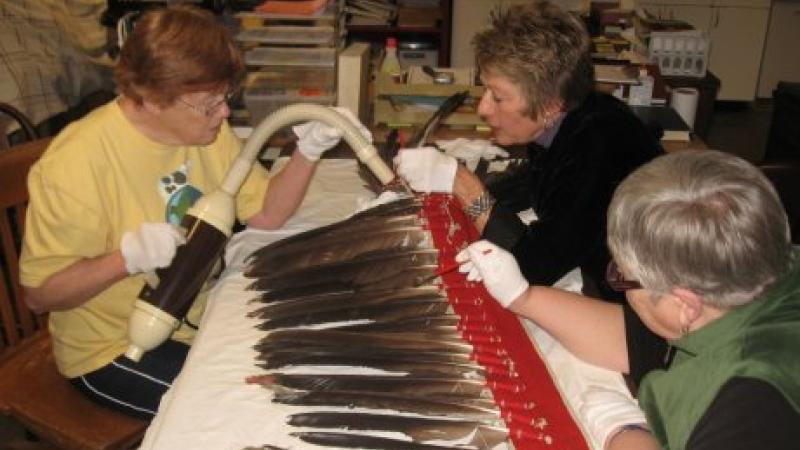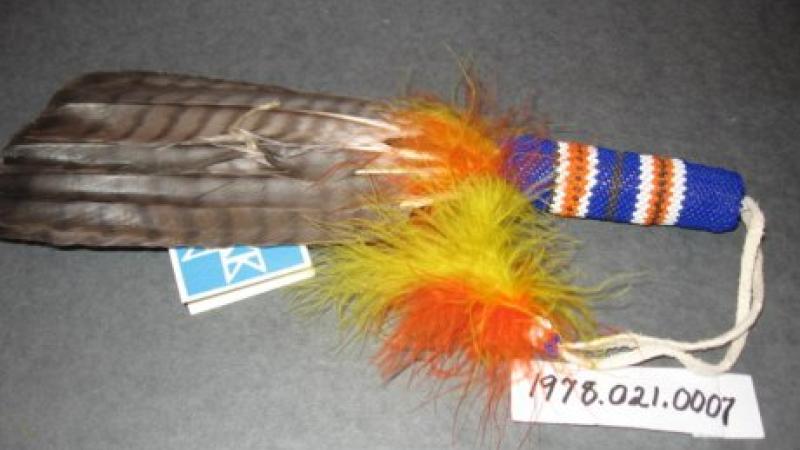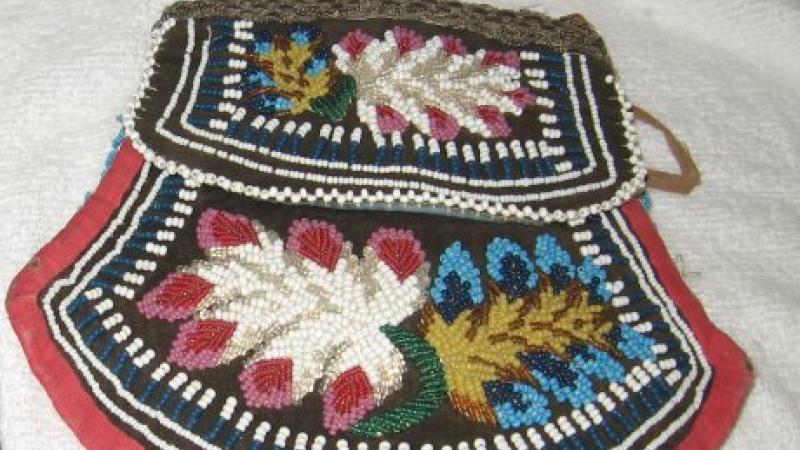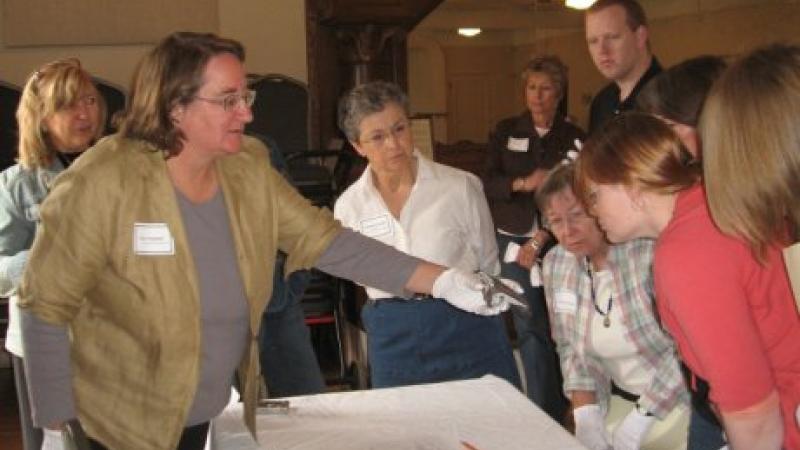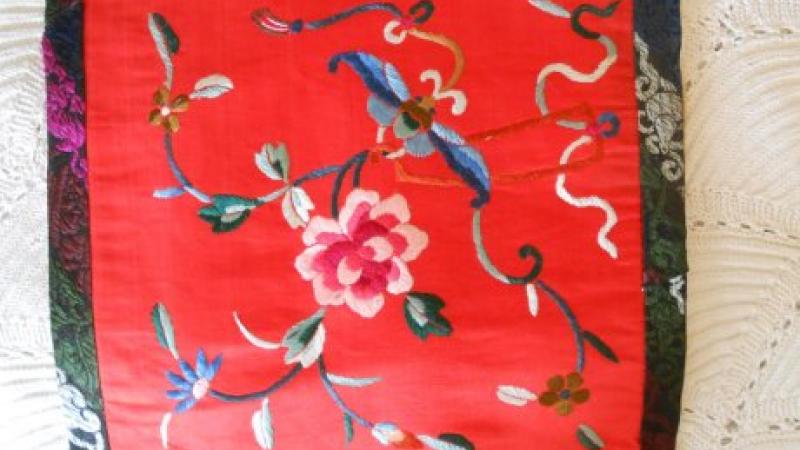50 States of Preservation: Laramie Plains Museum in Laramie, WY

Laramie Plains Museum
Image courtesy of Wikimedia Commons.

Laramie Plains Museum
Image courtesy of Wikimedia Commons.
This feature is part of a series we call “50 States of Preservation,” in which we are touring small and mid-sized museums, libraries, historical societies, and other repositories across the country to show how they are helping to preserve the nation’s cultural heritage. Read other entries in the series here.
Located in Laramie, Wyoming, the Laramie Plains Museum (LPM) serves as a repository for the city and region’s cultural heritage. Its building, the Ivinson Mansion, was erected in 1892 by Jane and Edward Ivinson, community pioneers who arrived to Laramie in 1868 as the railroad town was being established. In 1921, Mr. Ivinson donated the house to the Episcopal Diocese of Wyoming, at which point it operated as a girl’s boarding school until 1958. Since the Laramie Plains Museum Association acquired the mansion in 1972, LPM has served as a historic house and history museum documenting life in Laramie and the surrounding area.
The museum has benefited over the years from generous gifts, including those of Laramie native Neale Roach, whose donations form a large part of LPM’s Native American and ethnographic collections. These collections include valuable Chimayo and Navajo rugs and 23 pieces of what were originally embroidered and bound textile fragments from East Asia that had been cut and bound as doilies at some point in their transfer to Wyoming. In fact, thanks to a 2010 Preservation Assistance Grant from the National Endowment for the Humanities’ Division of Preservation and Access, LPM staff received guidance on how best to preserve and document these and other items from its ethnographic collections.
The NEH grant enabled conservator Terri Schindel to advise the museum’s staff on the conservation needs of the collections, including procedures to ensure appropriate cleaning, mounting, and storage. Some of LPM’s Native American artifacts, moreover, came to the museum without precise tribal attribution. Eager to expand comprehension of these objects and to ensure their accurate documentation, LPM also used the grant to call on the services of conservator Lynn Brittner, Curator of the Southern Ute Cultural Center and Museum, who helped determine the origins of these materials when possible.
The 2010 NEH grant also enabled the two conservators to conduct a training seminar titled “Preserving Native American and Ethnographic Collections Found in Small Museums.” Staff and volunteers from 15 nearby museums attended the event to learn more about issues of concern to historic houses, including how to tackle incomplete documentation for unique artifacts, strategies for dealing with degradation from long-term display, and the best ways to care for, store, and exhibit a variety of objects. The Laramie Plains Museum also received Preservation Assistance Grants in 2008 and 2009, to acquire environmental monitoring equipment and for staff training on the efficient use of storage space.
Because of its commitment to high professional standards, LPM now serves as a model for university students interested in museum studies. According to Collection Manager Judy Knight, LPM staff have benefited from the training in professional “best practices” provided through the NEH grants, including the encouragement to think about the next steps in managing these collections. Ms. Knight adds that "NEH-funded projects have had an unexpected side benefit in helping to create a regional museum community that shares expertise with each other."
In every state, NEH supports organizations that preserve humanities collections. Preservation Assistance Grants for Smaller Institutions (PAGs) fund projects that help safeguard photographs, letters, documents, prints, moving images, sound recordings, maps, drawings, artworks, textiles, furniture, and artifacts, making them available for future generations. These collections help researchers, educators, and members of the public better understand the complex stories of the various cities, towns, and tribal groups that make up our nation.
Since 2000, NEH has made nearly 2,000 Preservation Assistance Grants to small and mid-sized organizations to preserve and care for their humanities collections. In all 50 states, the District of Columbia, and Puerto Rico and the Virgin Islands, PAG awards have funded preservation assessments, purchase of shelving, environmental monitoring equipment, and preservation supplies, and training for staff. Organizations in all states and U.S. territories are eligible to apply, and the program encourages applications from those new to NEH. The next application deadline Preservation Assistance Grants for Smaller Institutions is May 1, 2018. If you have any questions about this grant program, please contact us at preservation@neh.gov or 202-606-8570.
